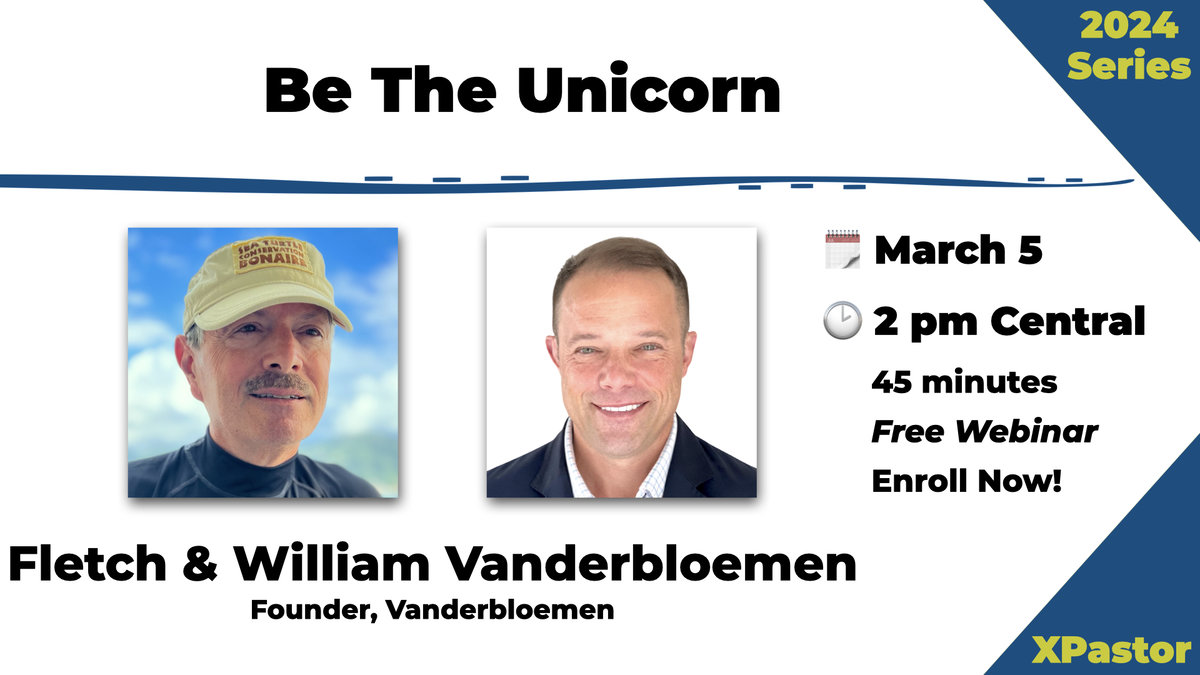George Barna contends that respect, understanding and appreciation for pastors have fallen to their lowest level over the last decades. Moreover, the author claims that a church member’s trust in their pastor—to understand and address their personal problems, as well as to lead them—has been in a downward spiral over the last fifteen years. Often due in part to a breakdown of interpersonal trust between clergy (leaders) and lay-leaders (followers), a growing number of pastors experience forced termination from their ministry post. This is no surprise given that the average pastor’s tenure lasts less than four years at any one ministry post. As a result of the breakdown of interpersonal trust within a pastor-lay leader relationship, individual clergy, lay persons and church organizations alike suffer significant blows to their emotional and organizational health, stability, growth and effectiveness. This research will expand the current trust literature to establish a more comprehensive understanding of fostering dyadic trust among leadership in the local church.
The literature on organizational trust consistently asserts that trusting relationships play a significant role in the leader’s ability to shape and influence organizational followers and, thus, the organization itself. Researchers suggest that perceived trustworthiness between organizational members is essential for stability and longevity. In addition, it has been emphasized that high levels of trust generally spark the creation of flatter organizations with greater shared leadership, thus producing increased participation and productivity. Other theorists argue mutual trust and interpersonal confidence to be a unifying force in organizations. Moreover, it is believed that followers who trust their leader are more likely to provide superior performance, experience positive attitudes and greater organizational commitment. Previous research maintains dyadic trust to be contingent upon the leader’s implementation of trust building behaviors in the pastor-lay leader relationship. The more a pastor exhibits trust producing behaviors, the greater the lay person’s trust in his or her leadership.
Trust-Building Behaviors
Butler and Cantrell, whose significant work is widely quoted, focused on five different dimensions of trust-building behaviors. These dimensions include:
- Integrity (honesty and truthfulness)
- Competence (technical and interpersonal skills)
- Loyalty (benevolent motives toward another)
- Consistency (reliability, predictability, good judgment)
- Openness (willingness to share information and mental accessibility).
Later, Butler (1991) added (a) availability, (b) discreetness, (c) fairness, (d) overall trust, (e) promise fulfillment, and (f) receptivity to the collection of trust building traits.
Mayer, Davis and Schoorman, to whom subsequent researchers also often refer, extracted three key factors in fostering dyadic trust:
- Ability (skills, competencies and characteristics within some specific domain)
- Benevolence (the extent to which a trustee is believed to want to do good to the trustor)
- Integrity
A broader sampling of the literature shows that though their terms may differ, researchers have consistently arrived at lists of similar external behaviors influencing the formation of trust. These researchers claim that when one or more of these dimensions present are at high levels in the leader’s behavioral attributes, follower trust in their leadership may increase.
Though much research has been conducted on external trust-building behaviors, more research is needed to understand the relationship a leader’s internal beliefs may have to their external actions as it relates to engendering trustworthiness. For example, intrinsic motivational factors such as self-efficacy, self-esteem, and optimism have been documented as critical determinants of a leader’s performance. This research, therefore, will build on the literature by bridging the gap between how a leader’s external behaviors, coupled with his internal beliefs, affect levels of trustworthiness in the eyes of followers. More specifically, this study will explore the effects of leader self-efficacy, self-esteem, optimism, emotional intelligence and transformational leadership on the follower’s ability to their leaders.
The First Variable: Self-Efficacy
The first independent variable, self-efficacy, refers to one’s perception of personal competence in dealing with their environment. According to Bandura, all behaviors are affected by one’s efficacious beliefs. The implication for dyadic trust is significant in that inefficacious leaders may not have confidence that they possess the capabilities to be an effective leader. Consequently, these individuals may fail to engage in trust building behaviors because of a lack of trust in their own abilities. On the other hand, leaders with high levels of self-efficacy believe that they are capable of organizing and achieving their goals, and, therefore, are more likely to engage in behaviors that increase their perceived credibility and trustworthiness of followers.
The Second Variable: Self-Esteem
The second independent variable, self-esteem, focuses on one’s own estimation of self-worth. This is distinct from self-efficacy that centers on one’s own appraisal of personal ability. Self-esteem is a personal evaluation reflecting what a person thinks. It has been asserted that a leader’s self-esteem can be broken down into three spheres. First, there is global self-esteem. This is the overall judgment of a person’s worth. Second, there is task-based self-esteem that demonstrates a leader’s ability to execute future tasks. Third, there is organization-based self-esteem that is expressed in the self-perceived value a leader believes that they add to the team and/or organization. Individuals who have a strong sense of global, task-based and organization-based self-esteem internalize the belief that they are a vital part of their work environment. Leaders that typically have high levels of self-esteem in one or more of these three areas are more effective at gaining followers’ trust through engaging in trust-building behaviors.
The Third Variable: Optimism
Closely associated with self-efficacy and self-esteem is optimism, the third independent variable. Optimism is the tendency for a leader to believe in the best possible outcomes of any given organizational situation, relationship or uncertainty. Furthermore, an optimistic leader is bent to see, believe and dwell on the positive side of situations with confidence that their personal goals can be met. Optimism enhances a leader’s sense of resiliency, enabling them to bounce back from difficult circumstances. It is likely that leaders with high levels of internal hope and optimism will more effectively build trusting relationships with followers due to a larger capacity to believe in and bring out the best from them.
The Fourth Variable: Emotional Intelligence
The fourth independent variable to be examined is emotional intelligence. Leaders who have high emotional intelligence are self-aware, able to identify and understand their own feelings and thoughts as well as accurately perceive the emotions of another. In addition, these individuals are proficient in expressing emotions and can harness them as a springboard to facilitate thought. Therefore, it is reasonable to hypothesize that leaders with high emotional intelligence will secure greater trust in their leadership from followers in the dyadic relationship. Emotional intelligence provides powerful resources for leaders to manage both their own and other’s feelings in order to stimulate emotional, intellectual, social and interpersonal growth. Furthermore, it fosters the leader’s ability to more consistently employ trust-building behaviors, such as benevolence, openness, receptivity and discreetness. This, in turn, raises the leader’s level of trustworthiness from the follower’s viewpoint.
The Fifth Variable: Transformational Leadership
The fifth independent variable is transformational leadership. Transformational leadership is observed when a leader behaves in a manner that moves followers to superior performance and aptitude through idealized influence, inspirational motivation, intellectual stimulation and individualized consideration. Through idealized influence, the leader’s high moral and ethical disposition invites followers to admire, respect and trust in their leadership.
Significance of Study
Researchers claim that external, trust-building behaviors are essential in fostering dyadic trust in the leader-follower relationship. But what forces influence the leader’s capacity to engage in such trust-building behaviors? Individually, recent research has demonstrated a relationship between leader self-esteem, self-efficacy, optimism, emotional intelligence, and transformational leadership and gaining follower trust. However, current research neglects to address how a leader’s combined internal self-beliefs, cognition, emotions and perceptions as captured in the constructs making up the independent variables, affect their capacity to engage in trust engendering behaviors with their followers. Therefore, more research is needed to explore these internal processes, in addition to, and in connection with external behavioral practices. This research will go beyond the current trust literature to uncover a fuller picture of how internal beliefs (self-efficacy, self-esteem), thoughts, and feelings toward self and others (emotional intelligence), outlook toward the future (optimism) and transformational tendencies (transformational leadership) guide the leader’s ability to engage in trust building behaviors.











